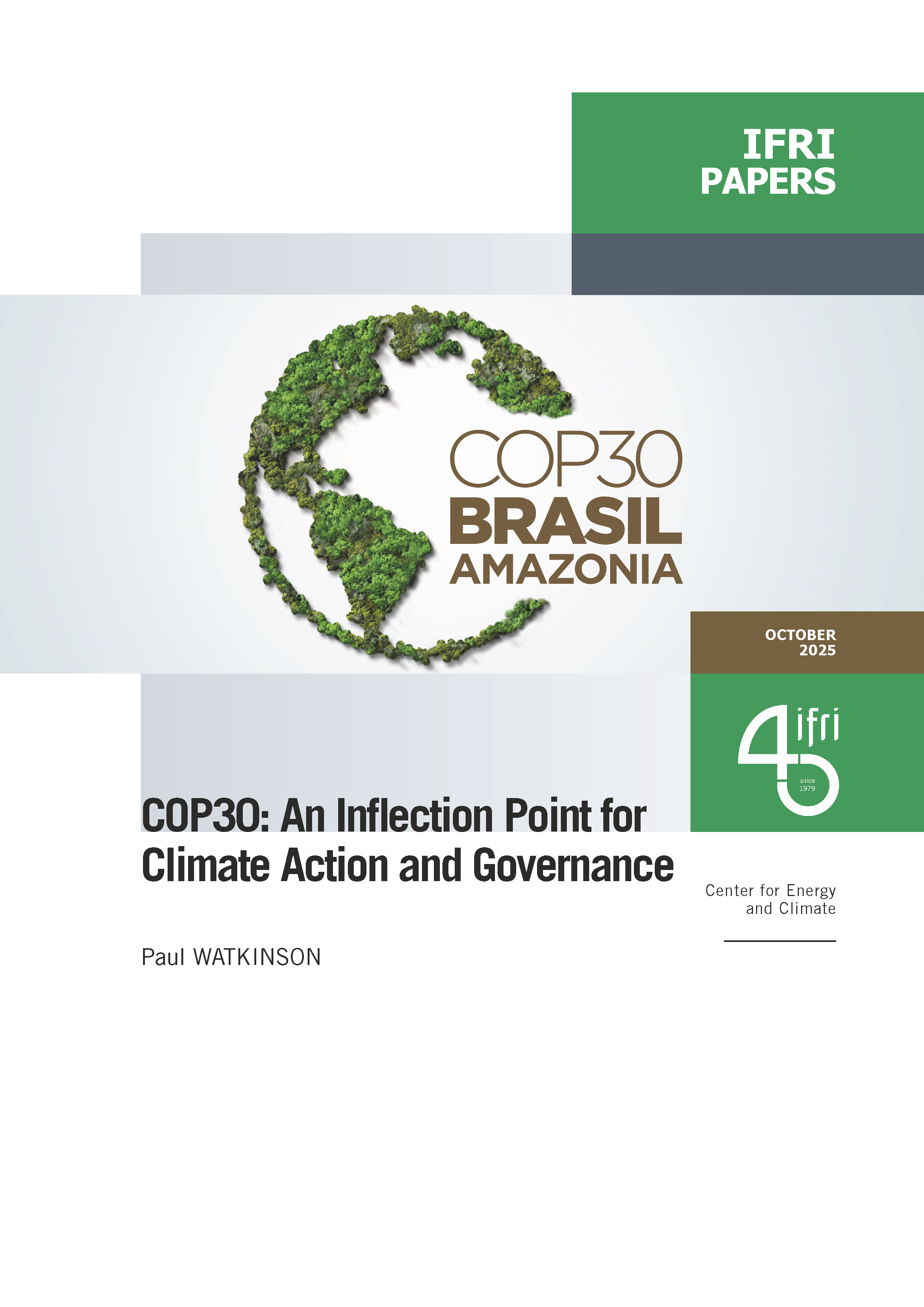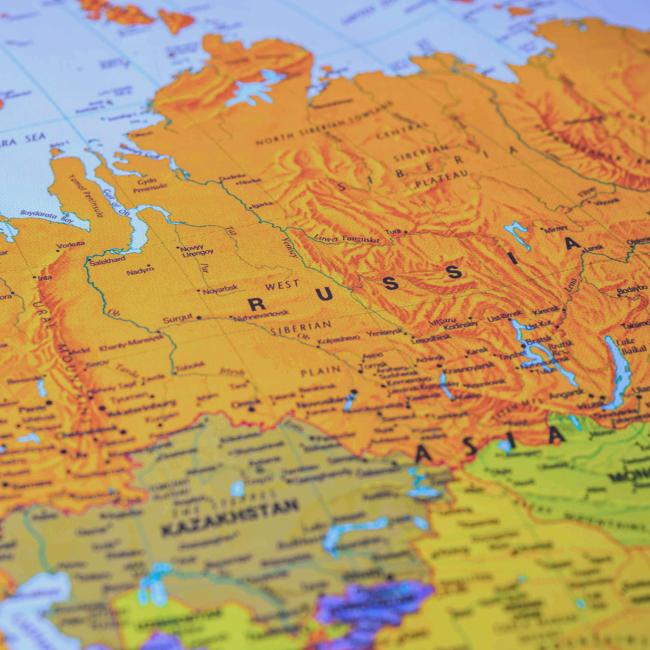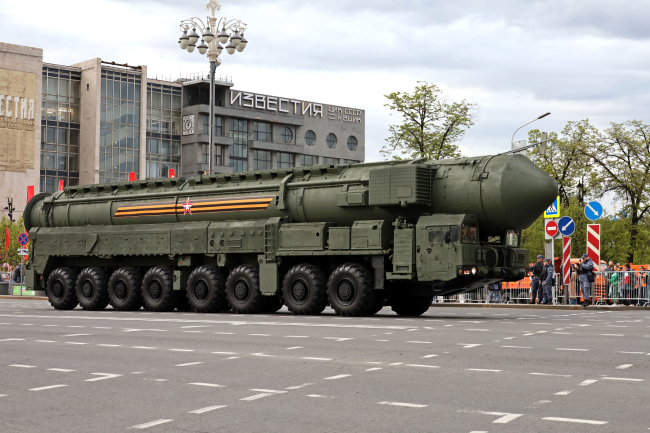China’s Ambitions in Eastern Europe and the South Caucasus
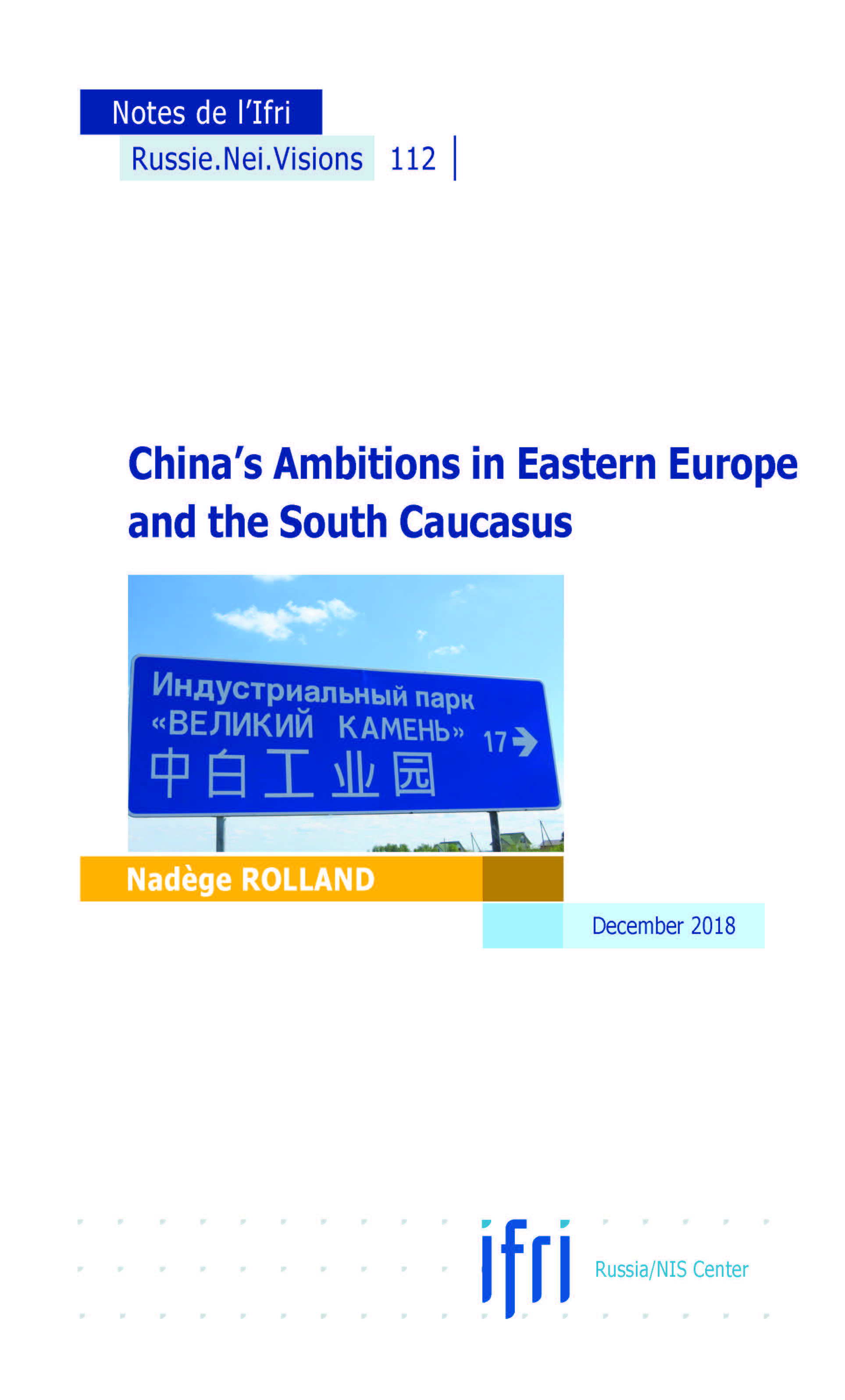
Eastern Europe and the South Caucasus have long been a blind-spot for Chinese diplomacy and economic policy. For over a decade, however, China has been laying the foundations of a long-term presence in the area, a process which has accelerated since the end of 2013 with the launch of the Belt and Road Initiative.
Since then, China has pushed forward across many different sectors, funding the construction of infrastructure, prompting local governments to cooperate over defence and internal security and cultivating ties with political and business elites.
Belarus, Ukraine, Moldova, Azerbaijan, Armenia and Georgia are not a priority for Beijing in and of themselves but are instead essential pieces in a game that will be played over the long term across the Eurasian continent. Beijing’s evolving strategy in the area should therefore be seen in the wider context of its aim to strengthen its influence across the whole continent in order to challenge American power. Even though China takes pains to tread lightly, its presence risks undermining democratic norms and Western influence in the area.
Nadège Rolland is a Senior Fellow and specialist in Asian politics and strategy at the National Bureau of Asian Research (NBR), an independent American think-tank based in Seattle and Washington, DC.
Download the full analysis
This page contains only a summary of our work. If you would like to have access to all the information from our research on the subject, you can download the full version in PDF format.
China’s Ambitions in Eastern Europe and the South Caucasus
Related centers and programs
Discover our other research centers and programsFind out more
Discover all our analysesRussia's Asia Strategy: Bolstering the Eagle's Eastern Wing
Among Russia’s strategic priorities, Asia traditionally played a secondary role compared to the West. In the mid-1990s, then Foreign Minister Yevgeny Primakov initiated a rapprochement with China and India. Then, in 2014, deteriorating relations between Russia and the West prompted Moscow to begin its “great pivot to the East”.
Kazakhstan After the Double Shock of 2022: Political, Economic and Military Consequences
The year 2022 represented a dual shock for Kazakhstan. In January, the country faced its most severe political crisis since independence, followed in February by Russia’s full-scale invasion of Ukraine, which cast uncertainty over the borders of post-Soviet states. These consecutive crises profoundly shaped Kazakhstan’s domestic and foreign policy.
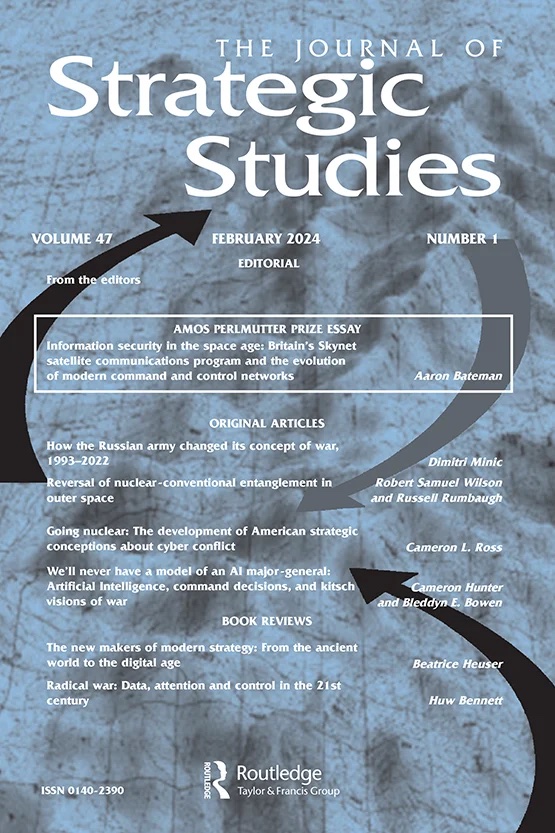
How the Russian Army Changed its Concept of War, 1993-2022
The traditional and high-intensity war that has occurred in Ukraine since Russia decided to invade raises a key issue: did post-soviet Russian strategic thought really prepare Russia for waging this war?
Russia's Nuclear Deterrence Put to the Test by the War in Ukraine
From the outset of its “special military operation” (SVO) against Ukraine on February 24, 2022, Russia, which possesses one of the world’s largest nuclear arsenals, has adopted aggressive deterrence measures and a resolutely menacing rhetorical stance.



